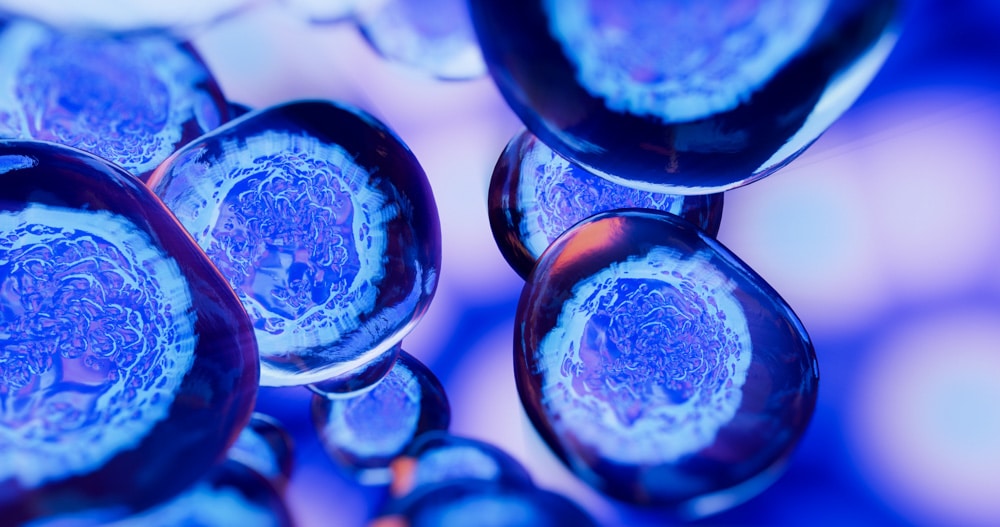Overcoming The Limits Of Light: A Guide To Super Resolution Microscopy Part 1

If you’re reading our Microscopy and Imaging Channel here on BitesizeBio, you might have heard about the new techniques which fall under the umbrella of ‘Super-Resolution Microscopy’. In her recent article, Cynthia introduced us to the limits of resolution and how this can be overcome.
Question time
You may have more questions;
- What are the differences between the seemingly endless array of techniques and acronyms in the super-resolution field?
- What are the relative strengths and weaknesses of different approaches?
- How can my research benefit?
- Which technique is most applicable for my question?
In this introduction we’ll give a brief overview of the state of the field, and address some pros and cons of each method.
The limits of light
Light microscopy is one of the most versatile tools in a biologist’s arsenal, but from its invention in the 17th Century until a few decades ago, it was constrained by a seemingly impenetrable barrier: the diffraction limit. Simply put, the diameter of the smallest discernible object is equal to the wavelength used to observe it divided by twice the numerical aperture (NA) of the microscope.
Smallest blue
With visible light, the smallest usable wavelength is around 450 nm (blue), and the largest NA possible with current technology is around 1.4. Even with advances such as confocal microscopy and deconvolution algorithms, only biological structures larger than 200 nm could be visualized.
Breaking the diffraction barrier- a menagerie of options
Sub-diffraction limit techniques were postulated in the early 20thCentury, and while significant theoretical advances were made starting in the late ‘70s, only in the last decade have these technologies become available to the average researcher.
There are three major families of super-resolution light microscopy;
- localization techniques
- structured illumination microscopy (SIM)
- stimulated emission depletion (STED)
As well as covering these techniques in this article, we’ll also look at a handful of other available technologies in Part Two. For more technical explanations and a breakdown of what all the acronyms stand for, check out this review (Schermelleh et al., 2010).
(1) Single Molecule Localization Techniques
STORM, dSTORM, PALM, fPALM, PALMIRA, SPDM, GSDIM, BaLM, and PAINT are all included in this category. Using a conventional or TIRF light path, various strategies are used to collect only a small fraction of the fluorophores marking your structure of interest in any one image. This is repeated hundreds of times, and each fluorophore is assumed to represent the smallest possible object, as delineated by its point spread function (PSF) in post-processing. From these thousands of individual points, the full image can be assembled.
Resolution: Lateral resolution (in the XY plane) approaching 20-50 nm. Axial (in the Z plane) resolution is limited to ~200 nm away from the coverslip, and can be improved to 50-80 nm. Low labeling density is critical for the best resolution.
Pros: Theoretically single-molecule precision, excellent delineation of small, punctate, or filamentous objects such as discrete macromolecular complexes.
Cons: Long imaging times (often in the tens of minutes), frequent requirement of fluorophores with special optical properties, and limitation to essentially 2-D imaging near the coverslip.
Applications: Membranes; receptors; adhesion complexes; protein clustering and movement. See Sengupta et al., 2012 for further details.
(2) Structured Illumination Microscopy (SIM)
SIM works by creating patterns in the amplitude and phase of widefield excitation light before it reaches the sample. Interference between those patterns and patterns generated by the sample are used to algorithmically reconstruct the sample’s sub-diffraction structure. By including information from above and below the focal plane (3-D-SIM), axial resolution is improved and can image the entire axial dimension of cultured cells.
Resolution: ~100 nm laterally and ~200 nm axially.
Pros: Can use conventional fluorophores, has fast multicolor imaging and improved axial resolution. ~10 micron sampling depth is well suited for imaging 3-D structures.
Cons: Particularly susceptible to artifacts caused by sample structure, preparation, and system errors. Has the lowest lateral resolution of all super resolution techniques.
Applications: Chromatin structure; chromatin modifiers; nuclear pores; actin and tubulin networks; live-cell applications; compatible with other techniques such as FISH (Markaki et al., 2012).
(3) Stimulated Emission Depletion (STED)
STED relies on using a second laser beam in a scanning confocal system to deplete emission fluorescence around the point being illuminated. Imagine that with a normal confocal scanning laser microscope you can image a point of a certain diameter. Now imagine a doughnut-shaped second laser beam of a different wavelength suppressing the excited fluorophores, leaving only the ‘hole’ in the doughnut to be collected by the detector.
Resolution: ~50-80 nm lateral resolution, ~500-800 nm axially – the same as a standard confocal microscope.
Pros: High lateral resolution with a relatively conventional setup, excellent imaging depth (>20 microns), few artifacts since no algorithms are required.
Cons: Limited fluorophore options, relatively slow speeds (as with confocal), a maximum of two colors with no 405 nm option, the high energy required can cause bleaching and sample degradation.
Applications: Vesicles; membranes; synaptic behavior. See Müller et al., 2012 for further details.
In Part Two of this article, we’ll take a look at both Near-Field and Dual-Objective methods as well as highlighting what to take into account before rushing out to buy a system!
References